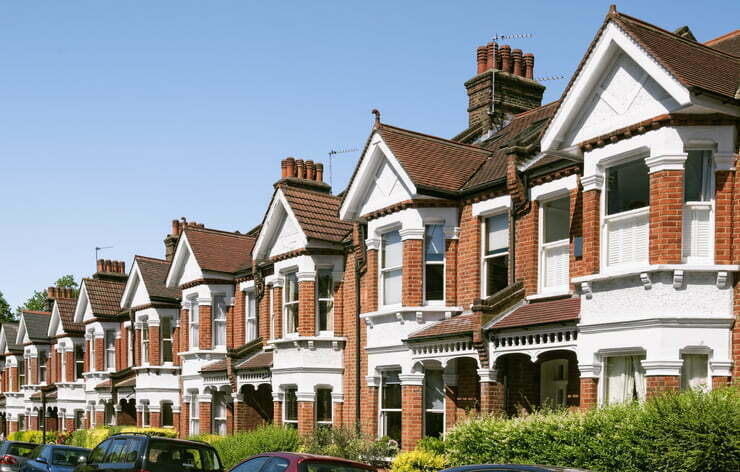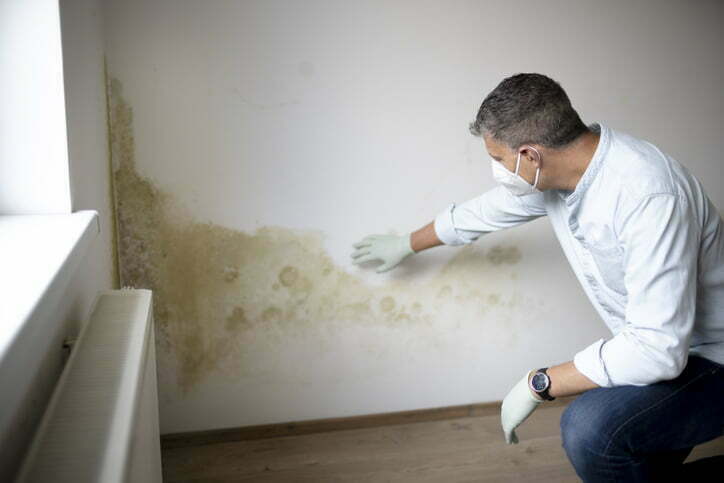Tapco HomeDry Dry Rot Treatment Chessington
We are long term members of Trust Mark and a member of the BWA. CHAS accredited contractor. In addition, all of our surveyors are trained to the high standards of the PCA (Property Care Association).



Dry Rot Specialist In Chessington
Worried about the impact of dry rot in your home? Trust Tapco Homedry to eliminate the root cause of dry rot in your property in Chessington. We are the local experts in dry rot treatment in your local area. Don’t allow this damp-related problem to cause damage in your home.
How to spot dry rot in your home
If you have dry rot in Chessington, it’s likely that you will be able to smell it before you can see it. Dry rot is linked to dampness, so it is usually characterised by a musty or earthy smell. If you notice a damp smell in your home, it’s worth looking for the source of the problem.
Another sign of dry rot is a furry white growth on wood. As it spreads, a rusty orange bloom will develop and this will spread orange spores throughout your home. These often look like brick dust on surfaces.
Once dry rot has digested wood, it will be dark and brittle. The wood will break apart easily between your fingers, and often breaks into a characteristic cuboidal structure, meaning it breaks into small cube shapes.
What is dry rot?
Dry rot is the name given to a kind of fungus that can be found in homes affected by damp. The Serpula lacrymans fungus is more commonly found in woodland areas where it helps to make space on the forest floor by breaking down and digesting fallen timber. Unfortunately, it can also find its way into your home where it can cause widespread damage to timber structures.
The fungus secretes an enzyme that allows it to digest wood and it can even find its way through masonry to find suitable material. It spreads quickly in homes, leaving behind wood that is brittle and easy to crumble between your fingers.
Wood affected by dry rot will be dark, brittle and will lose all of its structural integrity. This is bad news for homeowners if the dry rot is able to attack floorboards, stairs, door frames or rafters.
While dry rot is more commonly associated with older properties with timber frames, it can also be found in newer homes. It nearly always appears alongside a damp problem, as moisture is required for the dry rot to thrive.
Is dry rot the same as wet rot?
No, while they might sound similar, they are caused by two different types of fungus. They need very different conditions to be able to thrive. Both need damp conditions, but the moisture levels need to be around 20% for dry rot and 50% for wet rot.
An easy way to tell the difference between wet rot and dry rot is to look at the wood left behind. If the wood is dark, dry and brittle, this is dry rot. If the wood is soft and spongy, this will be wet rot. Both are incredibly damaging in homes.

Dry rot experts in Chessington
If you’re concerned about dry rot in Chessington, get in touch with our team today. At Tapco Homedry, we are proud to help local residents to get on top of their damp and dry rot issues quickly to minimise potential damage to their homes. Get in touch today to learn how we can help and to arrange your dry rot survey.
How is dry rot treated?
Alongside dry rot treatment, it’s important to also address the damp problem. We can also treat the timber in your home with a fungicidal treatment to help prevent it from spreading further. Finally, we can replace damaged timber with pre-treated wood which can help to reduce the chances of the issue returning.


 Damp Proofing
Damp Proofing Basement Damp Proofing
Basement Damp Proofing Water Damage
Water Damage Condensation Control
Condensation Control Dry Rot Treatment
Dry Rot Treatment WOODWORM & WET ROT
WOODWORM & WET ROT CAVITY Wall Ties
CAVITY Wall Ties Property Maintenance
Property Maintenance Waterproofing And Tanking
Waterproofing And Tanking Structural Repairs
Structural Repairs
